Mixed Martial Arts Ground Techniques
Warning
This book contains some techniques that can be dangerous and must only be practiced under the supervision of a qualified trainer or instructor. The author and the Publishers cannot be held responsible for any injuries that might ensue.
This book has been written using exclusively the male form of the personal pronoun. Of course, for reasons of simplicity this should be understood to include the female form as well.
Christian Braun
MIXED MARTIAL ARTS
GROUND TECHNIQUES
Meyer & Meyer Sport
Original title: Grappling - Effektive Bodentechniken
Meyer & Meyer Verlag, Germany 2005
British Library Cataloguing in Publication Data
A catalogue record for this book is available from the British Library
Mixed Martial Arts Ground Techniques
Maidenhead: Meyer & Meyer Sport (UK) Ltd., 2007
2nd edition 2014 of Grappling Effective Groundwork Techniques
ISBN: 9781782550020
All rights reserved, especially the right to copy and distribute, including the translation rights. No part of this work may be reproducedincluding by photocopy, microfilm or any other means processed, stored electronically, copied or distributed in any form whatsoever without the written permission of the publisher.
2007 by Meyer & Meyer Sport (UK) Ltd.
2nd edition 2014 Grappling Effective Groundwork Techniques
Aachen, Auckland, Beirut, Budapest, Cairo, Cape Town, Dubai, Hgendorf, Indianapolis, Maidenhead, Singapore, Sydney, Tehran, Wien
 Member of the World Sport Publishers Association (WSPA)
Member of the World Sport Publishers Association (WSPA)
Printed by: B.O.S.S Druck und Medien GmbH, Germany
ISBN: 9781782550020
eISBN: 9781782553397
E-Mail:
www.m-m-sports.com
CONTENTS
FOREWORD
Christian is generally a good boy, but he likes to brawl and tussle often, which puts his classmates in danger. This is how my teacher described me in my very first school report.
Right from a young age, brawling and tussling (not fighting) with others fascinated me. But it wasnt until I was 18 years old that various circumstances allowed me to come into contact and to begin practicing the Martial Arts (then Jiu-Jitsu). The old Jiu-Jitsu program (prior to 2000) practiced then by the Deutscher Ju-Jutsu Verband e.V., (German Jiu-Jitsu Union) (called DJJV throughout this book) did not include many groundwork techniques, so therefore I was on the lookout, being already a Black Belt in Jiu-Jitsu, for a more comprehensive training method.
In the 90s, and even today, it could be said that in order to be successful in the competitive Martial Arts that are carried out almost without rules (e.g., Vale Tudo and Pride), one had to have had specialist training in groundwork. Fighters from the Family Gracie camp (Gracie Jiu-Jitsu) dominated the competition arena for many years. Above all they were dominant in those fights where there was no time limit on the length of the competition. Because these fights went on sometimes for hours, and were considered boring for the spectators, a time limit was introduced. Some of them were so good that even a considerably heavier opponent did not have a chance against them.
As a result of the knowledge gained particularly from these championships, the training and grading program of some of the systems and styles of Martial Arts were changed, as happened in the DJJV. In the Jiu-Jitsu grading program, there is an element of groundwork contained in each phase. This is where experienced trainers such as Joachim (Joe) Thumfart and Achim Hanke have employed their expertise. Even styles such as Wing Tsun (sometimes spelled differently) developed an anti-groundwork program. This program contains more striking and kicking in groundwork than techniques for escape and completing actions, as taught in for example Luta-Livre or Brazilian Jiu-Jitsu (BJJ).
An experienced groundwork fighter will always try to keep in mind to be as close as possible to his opponent and to control the extremities, so that it is difficult to effectively injure him by striking or kicking. In the meanwhile I have met more and more WT (spelled also in other ways) trainers and students, who wish to improve their abilities in this.
Many of the Thai kick-boxers, who take part in these tournaments (for example Vale Tudo or Pride), have extended their program of techniques by employing groundwork techniques. Groundwork specialists have also learned Thai or kickboxing so that fights are now more evenly balanced. In my opinion, the types of sport that come into question as being particularly good for ground fighting are Brazilian Jiu-Jitsu (Gracie Family and Machado), the Sambo style (Russian self-defense) and Luta-Livre (Brazilian wrestling).
In the first place, the difference between BJJ and Luta-Livre is that in BJJ you wear a Gi (exercise outfit (suit) like in Judo) and in Luta-Livre only a T-shirt and shorts. This means that many of the techniques (grips, strangleholds) that can only be carried out when wearing a suit, cannot be used on an opponent who is wearing a T-shirt and shorts. As long as the opponent is wearing a Gi it is easier to grab hold of him and pin him down. Without a Gi and with sweaty hands and arms, there are only a few feasible grips that can be used. The fight without the Gi is more dynamic and the fighter has to think one or two steps in advance of the opponent to be able to plan a counter movement.
It is therefore important that when exercising, the techniques should be practiced in a manner so that they can be automatically used (i.e., as a reflex). Whenever thought has to be made before employing one or the other counter movement, it will always be more difficult to be successful.
Other than this, I see a lot of similarity in many of the concepts and techniques. Myself, I prefer to train without a Gi (because for me, also being a Jiu-Jitsuka, it is more realistic this way when thinking about self-defense). This is why I prefer Luta-Livre. Training wearing a Gi also has lots of advantages, because one learns how to use clothing for actions (e.g., the jacket). A fighter, who starts off learning without putting on the Gi, will probably never learn these techniques. These techniques with the Gi are in any case mandatory in the contemporary Jiu-Jitsu grading program.
I first came into contact with the extensive concept of ground fighting in 1996 through Thomas Cruse (then the Vice-President of Progressive Fighting Systems). Tom is the holder of a Black Belt in Brazilian Jiu-Jitsu and played a big role in impressing me in those days. Together, with others mentioned in the next paragraph, he has demonstrated exercise fights for participants on courses.
After this meeting, I looked around for specialist courses and up to now I have been able to train together with some top trainers. Amongst others, I mention Roy Harris (holder of the Dan in BJJ), August Walln (Head Coach of Shootfighting) and nowadays I am with Andreas Schmidt, the Head Coach of the European Luta-Livre Organization (www.luta-livre.de). I have also attended several courses run by his instructor Daniel Dane as well as many courses run by Achim Hanke (7th Dan Jiu-Jitsu, 5th Dan Judo). I have also been able to learn a lot in this area from Joachim (Joe) Thumfart the current Technical Director of the German Ju-Jutsu Union (www.ju-jutsu.de). All those, who I have mentioned are excellent instructors who I can wholeheartedly recommend.
This book is aimed at students of the arts and instructors, who wish to improve their ability in groundwork or practice the techniques.
Any suggestions or ideas for improvements can be sent to me via e-mail at
May I wish the reader lots of fun working through this book and offer the following maxim Absorb what is useful. These words stem from the legendary Bruce Lee, the founder of Jun Fan Gung Fu and Jeet Kune Do and in the meanwhile it has also become my maxim.
Next page




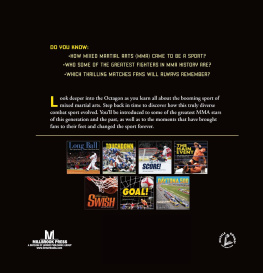
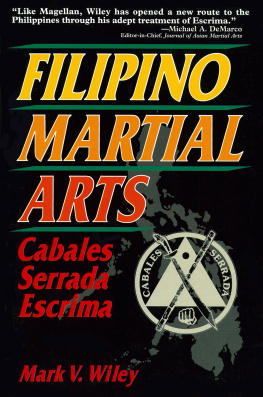
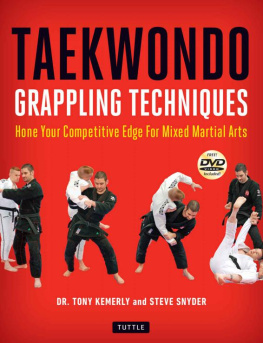
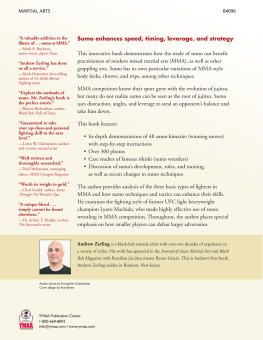
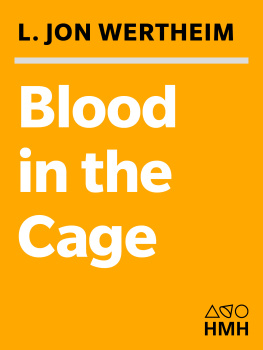
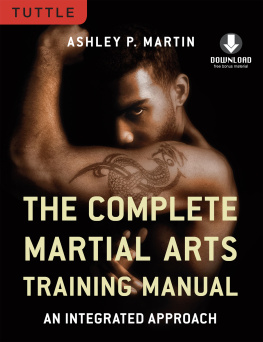
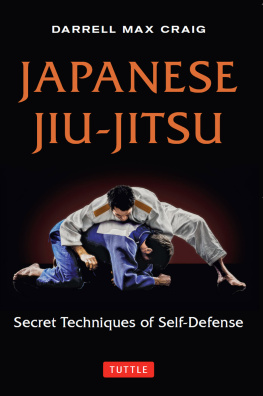
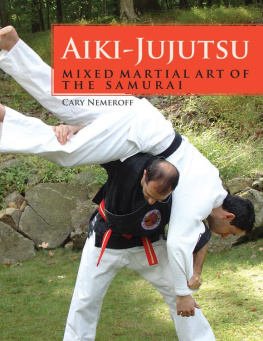
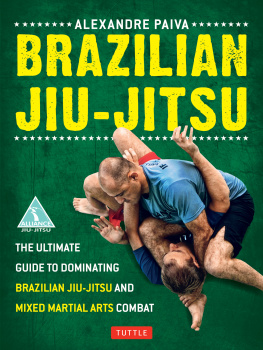
 Member of the World Sport Publishers Association (WSPA)
Member of the World Sport Publishers Association (WSPA)